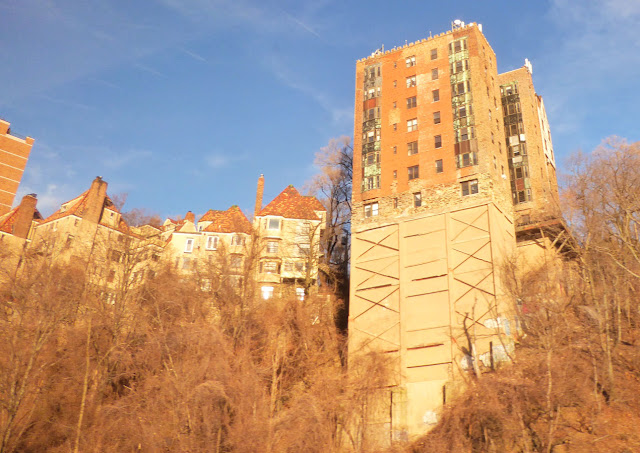This is how you turn boring old pale beer into something more exciting (And more expensive.) This happened in Hannover.
“The following the case, which was handled by the courts during the reporting years, is also likely to be of some interest.
A beer merchant and his wife were accused of having added to a pale Herforder beer a so-called Färbebierextrakt and sold this coloured beer as required as a dark Herforder or Kulmbacher beer, at the corresponding prices.
The accused admitted to have sold the coloured Herforder beer as Dunkles Herforder. In contrast, when Kulmbacher was demanded, they mixed the dark Färbebierextrakt with genuine Munich beer and this then had acquired the dark appearance of the Kulmbacher beer.
Interesting was the praise of the manufacturers of the nature of his Färbebierextrakt. This commendation reads, "My Färbebierextrakte, when added to beer in the correct ratio, imparts the same colour, aroma, taste, mouthfeel, even the character of the desired beers whose name they bear.
To 100 litres of Pilsener you add : for Bayerisches 0.33 to 0.25, Kulmbacher 1, Bock 1 - 1.5, Porter 0.5 litres of extract.
The addition to beer may be performed either warm or cold, either in the brew kettle, the fermenting room, the lagering vat, or in the shipping cask, in which case the extract (as it usually happens) is poured into the empty transport casks and the beer is filled on top of it. I recommend the latter practice. "
The court found against the defendants and fined them each 100 M. or 10 days in prison.
"Übersicht über die Jahresberichte der öffentlichen Anstalten zur technischen Untersuchung von Nahrung und Genussmitteln im Deutschen Reich für das Jahr 1902" by Kaiserliches Gesundheitsamt, 1905, page 103.
Färbebierextrakte sounds remarkably like Sinamar, a Reinheitsgebot compliant, barley-derived caramel substitute. You don’t want to know how many dark German beers use Sinamar but no coloured malts. Pretty sure you can add that hot or cold, too. Adding to the shipping cask sounds just like priming a cask beer with caramel at racking time.
I’m not totally sure what law the couple had broken in the case of the Herforder. It was Herforder beer, just with the colour adjusted. I can see where they were in the wrong with the Kulmbacher. Would it have been OK to use the extract in the brewhouse? It’s all rather unclear.
There’s one dead, dead handy thing about this article. It gives an idea of the relative colours of the different types of beer. It shows just how dark Kulmbacher was: darker than Porter.
Exactly how this extract could magically recreate the characteristics of the different styles I can’t quite see. If it had enough roastiness to simulate a Porter, adding yet more to Pilsner would create an odd kind of Bock.
100 marks fine or 10 days in jail seems a little harsh.
Want to know what real Kulmbacher beer looked like? You’ll need to wait until next time.

































































































